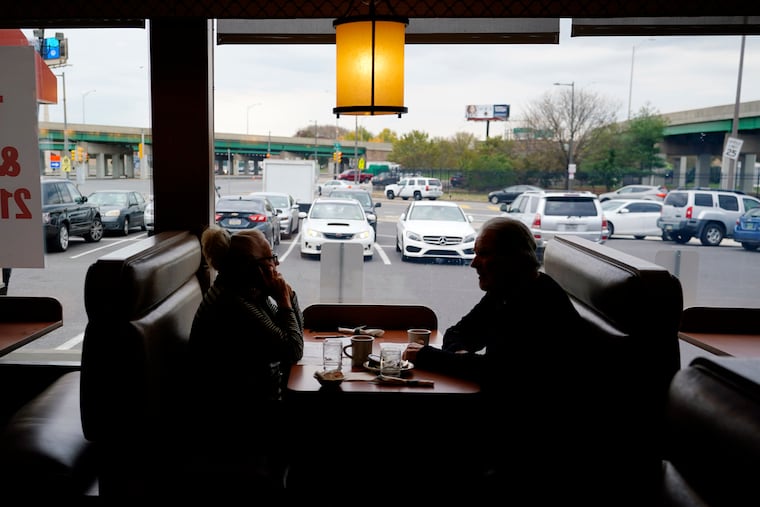Feds set aside $29 billion to help restaurants, bars — even food trucks. Chains can’t apply.
In a new federal program, $29 billion is being targeted to help smaller restaurants and bar recover from the pandemic.

Few business sectors have been pummeled as hard as the restaurant trade by the pandemic. Now, some very real help is on the way.
An enormous grant program for smaller restaurants is about to be launched “over the next 45 to 60 days” according to testimony provided recently in Washington.
The money — $29 billion — is coming thanks to the American Rescue Act’s Restaurant Relief Program and will provide aid to thousands of small-business owners in the Philadelphia area in the form of grants. Details of the aid were sketched out to the Senate’s Committee on Small Business and Entrepreneurship by Patrick Kelley, of the Small Business Administration’s Office of Capital Access.
The funds could not have come at a better time for Michelle West, the owner of Bittersweet Kitchen in Media. Her restaurant was closed for indoor dining during the winter months because of its small size, and that loss of revenues could not be made up, even with outdoor seating and the addition of dinner hours and new delivery options.
“We have lost about 60% of our sales and had to use our savings to maintain our payroll,” she said.
Restaurants across the area have been struggling to survive during one of the worst recessions in recent memory. And even though funds have been available through the SBA’s Paycheck Protection and other programs, more help has been desperately needed for the industry.
Domenick Savino, a managing partner at the Drexelbrook, an event center in Drexel Hill, saw both the center’s restaurant and catering business shut down for the last year. He is also eager to obtain aid and is happy that the program will not require him to take on any additional debt
“The fact that this is a grant program and not a loan will ultimately save the restaurant industry from what would surely be a collapse,” he said.
The grants — which can be up to $10 million — will be calculated based on the loss of a restaurant’s revenue in 2020 compared with 2019 and include special provisions for restaurants that weren’t in operation for all of 2019.
The first $5 billion will be handed out during a pilot phase, which will target the smallest applications (those with $500,000 or less in 2019 gross receipts). During the program’s first three weeks, places controlled by women, veterans, or socially and economically disadvantaged owners will be given first dibs.
Just about anyone operating a business in the food industry can apply, including restaurants, food stands, food trucks, food carts, caterers, saloons, inns, taverns, bars, lounges, brewpubs, tasting rooms and taprooms.
However, there some specific exemptions. Big chain restaurants and bars, places that are part of a big publicly traded company, aren’t eligible. Nor are owners that operate more than 20 restaurants.
The grants must be used for payroll, rent, utilities, supplier costs, and a host of other operational expenses.
So how can restaurant owners get their hands on the money?
Unfortunately, there’s no application available yet. But the SBA said it is well-aware of the delays that pushed back the timeline of its “Shuttered Venue” program — a separate relief offering targeted at the arts industry — and is working hard to get this grant program up quickly.
According to Kelley, the agency is building a platform to receive requests from hundreds of thousands of small restaurants seeking relatively small sums and will offer help to calculate grant amounts. The platform isn’t completed yet but will be available on the SBA’s website.
“We are focused like a laser on starting it up as quickly as possible,” he told the Senate committee.
In the meantime, many restaurant operations in the area remain hopeful — and grateful.
“I am incredibly heartened to see that some relief is being directed specifically at hospitality,” West said. “So many restaurants have gone under and many more are hanging by a thread. The hope of a return to somewhat normal business by summer’s end and this relief on the horizon really makes us feel like we can hang on.”
Drexelbrook’s Savino agreed: “It will be a much needed lifeline and bridge to a brighter future.”